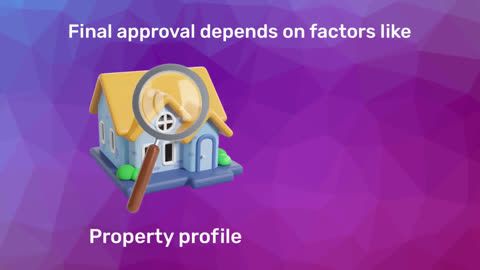Tax planning is a crucial aspect of financial management, and one of the most effective tools at your disposal is the standard deduction. Understanding how to maximise your tax benefits through the standard deduction can significantly reduce your taxable income and enhance your financial health. This comprehensive guide will walk you through the essentials of the standard deduction, its benefits, and how to strategically incorporate financial investments to optimise your tax savings.
What is standard deduction
The standard deduction is a fixed amount that reduces the income on which you are taxed. It is a crucial component of the tax system, simplifying the process for taxpayers who do not itemise deductions. The amount of the standard deduction is adjusted periodically and varies based on your income bracket and filing status.
Benefits of the standard deduction
- Simplicity and convenience: One of the primary advantages of the standard deduction is its simplicity. Taxpayers do not need to keep track of every deductible expense throughout the year. Instead, they can claim a set amount, reducing the complexity and paperwork involved in filing taxes.
- Increased tax savings: For many taxpayers, the standard deduction results in greater tax savings compared to itemising deductions. This is especially true for individuals with fewer deductible expenses, such as those without significant home loan interest, medical expenses, or charitable contributions.
- Automatic adjustment: The standard deduction is adjusted periodically to account for changes in the cost of living, ensuring that taxpayers' deductions remain relevant and beneficial over time. This adjustment helps maintain the value of the deduction, providing ongoing tax relief.
- Accessibility for all taxpayers: The standard deduction is available to all taxpayers, regardless of their income level or specific financial situation. This broad accessibility makes it an essential tool for maximising tax benefits across a wide range of scenarios.
Maximizing your tax benefits with the standard deduction
1. Combining standard deduction with Section 80C investments
Investing in instruments covered under Section 80C of the Income Tax Act is an effective way to reduce your taxable income. Popular options include Public Provident Fund (PPF), Employee Provident Fund (EPF), National Savings Certificate (NSC), and life insurance premiums. The maximum deduction allowed under Section 80C is Rs. 1.5 lakh, and when combined with the standard deduction, it can significantly lower your overall tax liability.
2. Utilising health insurance under Section 80D
Health insurance premiums paid for yourself, your family, and your parents are deductible under Section 80D. The deduction limit is Rs. 25,000 for premiums paid for yourself, your spouse, and children, and an additional Rs. 25,000 for premiums paid for parents. If the parents are senior citizens, the limit increases to Rs. 50,000. This can provide substantial tax savings while ensuring financial protection against medical emergencies.
3. Leveraging education loan interest deduction under Section 80E
The interest paid on an education loan for higher studies is deductible under Section 80E. There is no maximum limit for this deduction, and it is available for a period of eight years or until the interest is paid off, whichever is earlier. This can significantly reduce your taxable income if you are repaying an education loan.
4. Home loan interest deduction under Section 24(b)
While the standard deduction is beneficial, there are circumstances where itemising deductions can lead to greater tax savings. One such scenario is home loan interest deduction under Section 24(b). Interest paid on a home loan is deductible under Section 24(b) up to Rs. 2 lakh per annum for self-occupied properties. If you have a second home or rented property, the entire interest amount is deductible without any limit, provided it is rented out.
5. Charitable contributions under Section 80G
Contributions made to specified charitable institutions and relief funds are deductible under Section 80G. Depending on the institution, you can claim a deduction of 50% or 100% of the donated amount, subject to certain limits. By keeping track of these opportunities, you can enhance your overall tax strategy while contributing to a good cause.
Exploring home loans
For those considering purchasing a home, a home loan can provide significant tax benefits through mortgage interest deductions. Additionally, homeownership often comes with other financial advantages, such as property tax deductions and potential capital gains exemptions when selling the home.
When looking for a home loan, it's essential to choose a reputable and reliable lender. Bajaj Housing Finance offers competitive home loan options with attractive home loan interest rates and flexible repayment terms. By securing a Bajaj Housing Finance Home Loan, you not only benefit from favourable loan conditions but also gain access to potential tax deductions on mortgage interest, further maximising your tax savings.
Conclusion
Maximizing your tax benefits through the standard deduction involves a strategic approach to financial planning. By understanding the advantages of the standard deduction and incorporating other tax-advantaged financial products, you can significantly reduce your taxable income and enhance your overall financial health.
Incorporating tools like Section 80C investments, health insurance under Section 80D, education loan interest under Section 80E, and home loans can further optimize your tax strategy. When considering a home loan, Bajaj Housing Finance Home Loan stands out as an excellent choice, offering competitive rates and terms that align with your financial goals.
By leveraging these strategies and products, you can make the most of the standard deduction and ensure a more secure and prosperous financial future.




